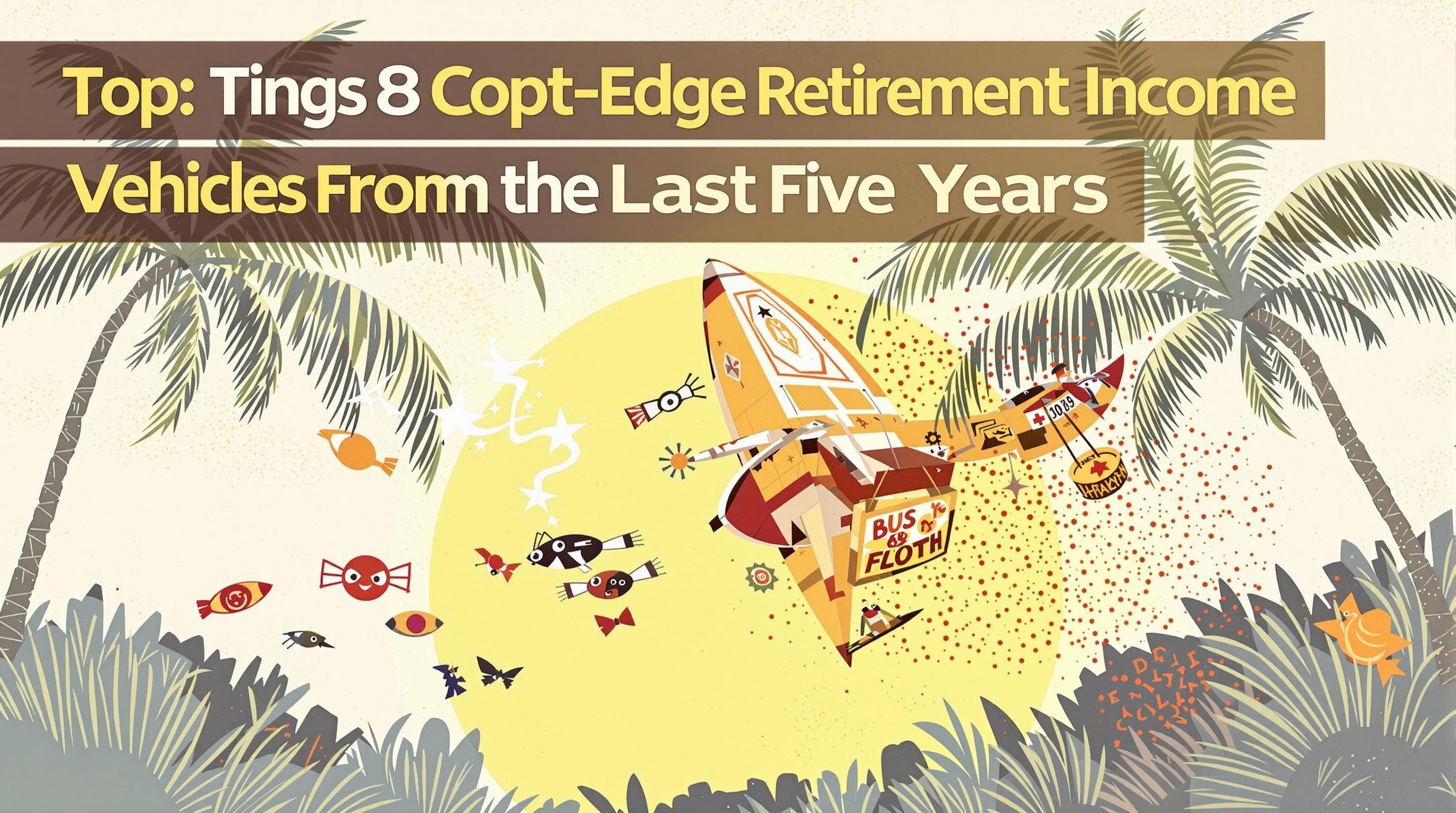Related Articles
- Top 6 Quantitative Hedge Funds Launched Since 2019 That Challenge Traditional Diversification Models
- Top 8 Cutting-Edge Retirement Income Vehicles From the Last Five Years Revolutionizing Financial Freedom
- Uncovering the Role of Behavioral Biases in Roth Conversion Decisions and Their Impact on Long-Term Wealth
- Top 6 Revolutionary Dividend Reinvestment Platforms Launched Since 2019 Redefining Passive Income Growth
- Top 7 Breakthrough Retirement Income Platforms Launched in the Last Five Years Compared and Ranked
- The Untold Influence of Cultural Artifacts on Expanding Investment Horizons and Mitigating Financial Risks
Exploring the Role of Digital Nomadism in Crafting Sustainable Earnings After Traditional Work Ends
Exploring the Role of Digital Nomadism in Crafting Sustainable Earnings After Traditional Work Ends
Digital nomadism is revolutionizing how individuals sustain earnings after traditional careers end, blending flexibility and innovation to craft new financial pathways. This article explores diverse facets of this trend, from economic impacts to personal stories, revealing its potential as a viable post-career lifestyle.
The Rise of the Digital Nomad Lifestyle
Once considered a fringe lifestyle choice for adventurous millennials, digital nomadism has burgeoned into a mainstream career option for people across age groups. According to MBO Partners' 2022 report, there are approximately 15.5 million digital nomads in the United States alone, a number projected to grow as more workers seek flexibility beyond the confines of traditional employment.
Why the Shift from Traditional Work?
Transitioning away from a conventional 9-to-5 job can be daunting, especially when retirement or job loss looms. However, digital nomadism offers an alternative that not only supplements income but can evolve into a primary revenue source. It enables individuals to harness their skills in freelance work, consulting, content creation, and more—all from anywhere with an internet connection.
The Financial Sustainability of Digital Nomadism
Many imagine digital nomads as carefree backpackers; in reality, sustainable earnings require strategic planning and commitment. For instance, Jane, a 52-year-old former HR manager, turned digital consultant, reports a steady monthly income that matches her previous salary while reporting higher job satisfaction. This example challenges misconceptions about age and digital adaptability.
Case Study: From Corporate Life to Coding on the Road
Meet Steve, a 47-year-old ex-corporate accountant, who shifted to freelance web development after a company downsizing. Starting with no coding experience, he took online courses and leveraged platforms like Upwork to build clientele. Within two years, Steve's income surpassed his corporate salary, all while relocating among sunny beaches and cultural hubs worldwide.
Skills That Pay the Bills
Not all digital nomads rely on tech-savviness. Copywriting, graphic design, marketing, and virtual assistance are among the prevalent services that yield sustainable income. A 2023 survey found that 40% of digital nomads earn from creative professions, emphasizing that the gig economy's diversity supports various talents.
Challenges on the Digital Way
Despite its allure, the digital nomad lifestyle isn't without hurdles. Unpredictable income, lack of traditional benefits like healthcare or retirement contributions, and isolation are common concerns. For older nomads especially, navigating these challenges while crafting a stable financial base requires careful consideration and resourcefulness.
Addressing Retirement and Benefits
A critical question arises: how do digital nomads secure their long-term financial health? The answer lies in proactive financial planning. Many turn to retirement accounts such as IRAs or establish health savings accounts (HSAs) independent of employers. Additionally, some opt for international health insurance tailored for mobile lifestyles.
Humorous Perspective: The Nomad’s Guide to Aging Gracefully
Let's imagine Bob, 65, juggling Wi-Fi passwords and sunscreen while claiming he’s “just buffering.” His adventures underscore that age is no barrier to embracing the nomadic grind, though forgetting passwords might be. Digital nomadism keeps seniors digitally sharp and financially afloat—a silver lining to aging that’s more Wi-Fi than rocking chair.
Community and Connection
The social dimension is pivotal for sustaining motivation and wellbeing. Digital nomad hubs such as Bali, Lisbon, and Medellín nurture communities where nomads share experiences, opportunities, and support. These networks not only enhance personal growth but often translate into collaborative projects and financial ventures.
Persuasive Case for Embracing Digital Nomadism Post-Traditional Work
For those facing retirement or career transitions, digital nomadism offers a compelling alternative to traditional retirement models. It fosters continuous learning, diversified income streams, and a chance to redefine what "work" means in later stages of life. Moreover, it emphasizes adaptability, a crucial skill in the ever-evolving post-pandemic economy.
Statistical Insight
Data from Nomad List suggests that the average digital nomad earns roughly $50,000 annually, a figure that can vary widely depending on profession, location, and experience. For retirees supplementing pensions or savings, this additional income can markedly improve quality of life and financial security.
Environmental Considerations: Nomadism and Sustainability
Interestingly, the nomadic lifestyle can align with sustainability goals. By opting for minimalism and local consumption patterns, many digital nomads reduce their carbon footprint relative to traditional commuters who consume substantial energy resources. This conscious consumption champions not only personal wellbeing but global responsibility.
Personal Story: Reinvention at 60
Linda's journey mirrors many older nomads' experiences. After retiring from teaching, she pursued freelance editing and online tutoring, shifting between Spain, Thailand, and Costa Rica. Embracing this lifestyle enabled her to maintain an active income stream and stay socially connected, defying stereotypes about aging and technology.
Bridging Generations Through Digital Nomadism
Younger and older generations are finding common ground in this lifestyle, learning from each other’s experiences and work ethics. Such intergenerational collaboration enriches the remote work ecosystem and fosters a culture of innovation and support.
Conclusion: Future Prospects and Considerations
Digital nomadism's role in crafting sustainable earnings after traditional work is a testament to human adaptability and the power of technology. Prospective nomads must weigh benefits against challenges, plan financially, and cultivate community networks. As this dynamic lifestyle evolves, it holds promise for redefining retirement and career transitions worldwide.
Author: Mark Thompson, Age 45




